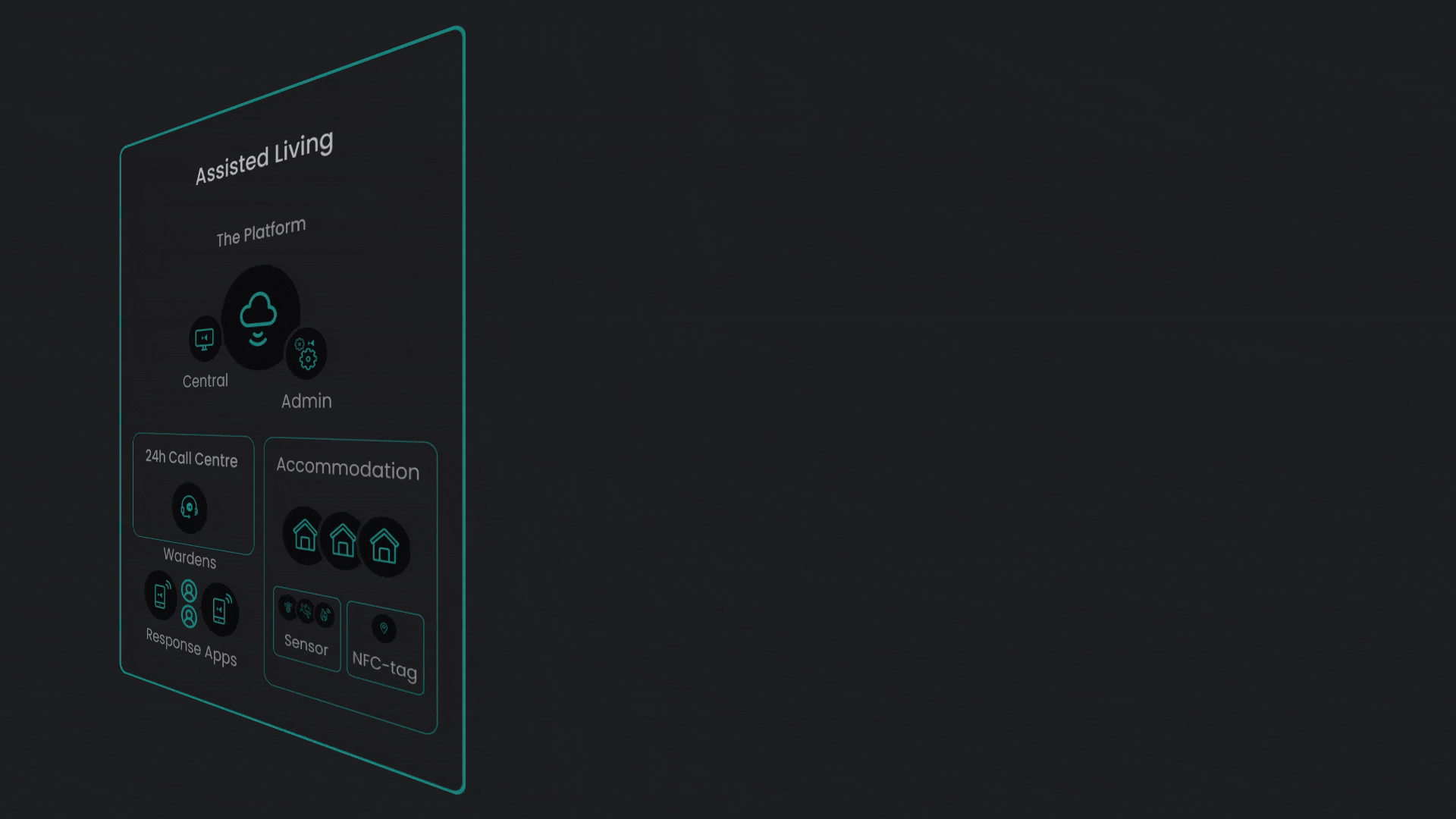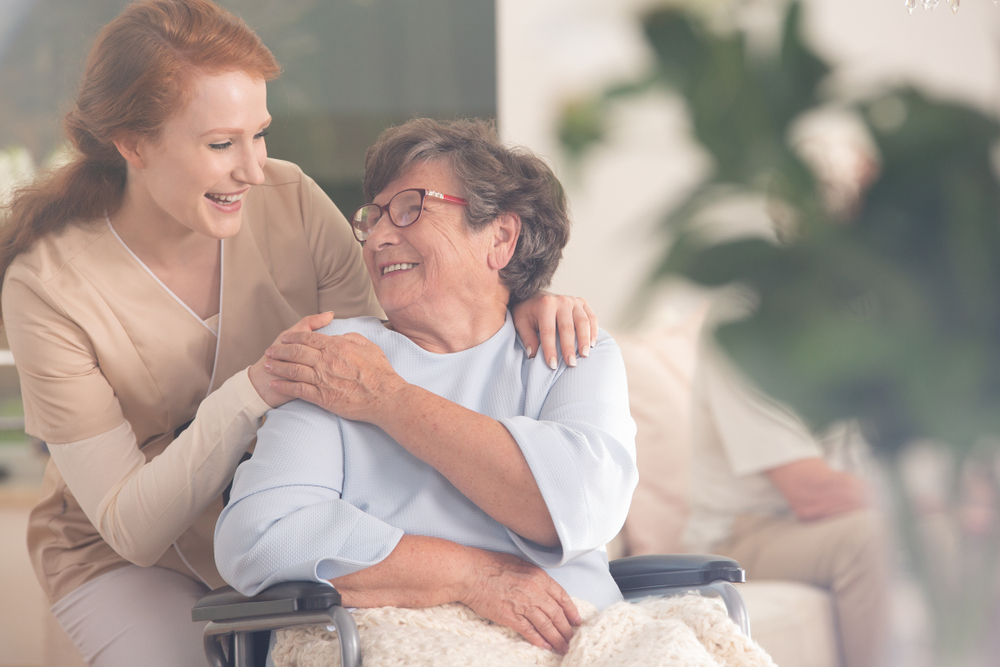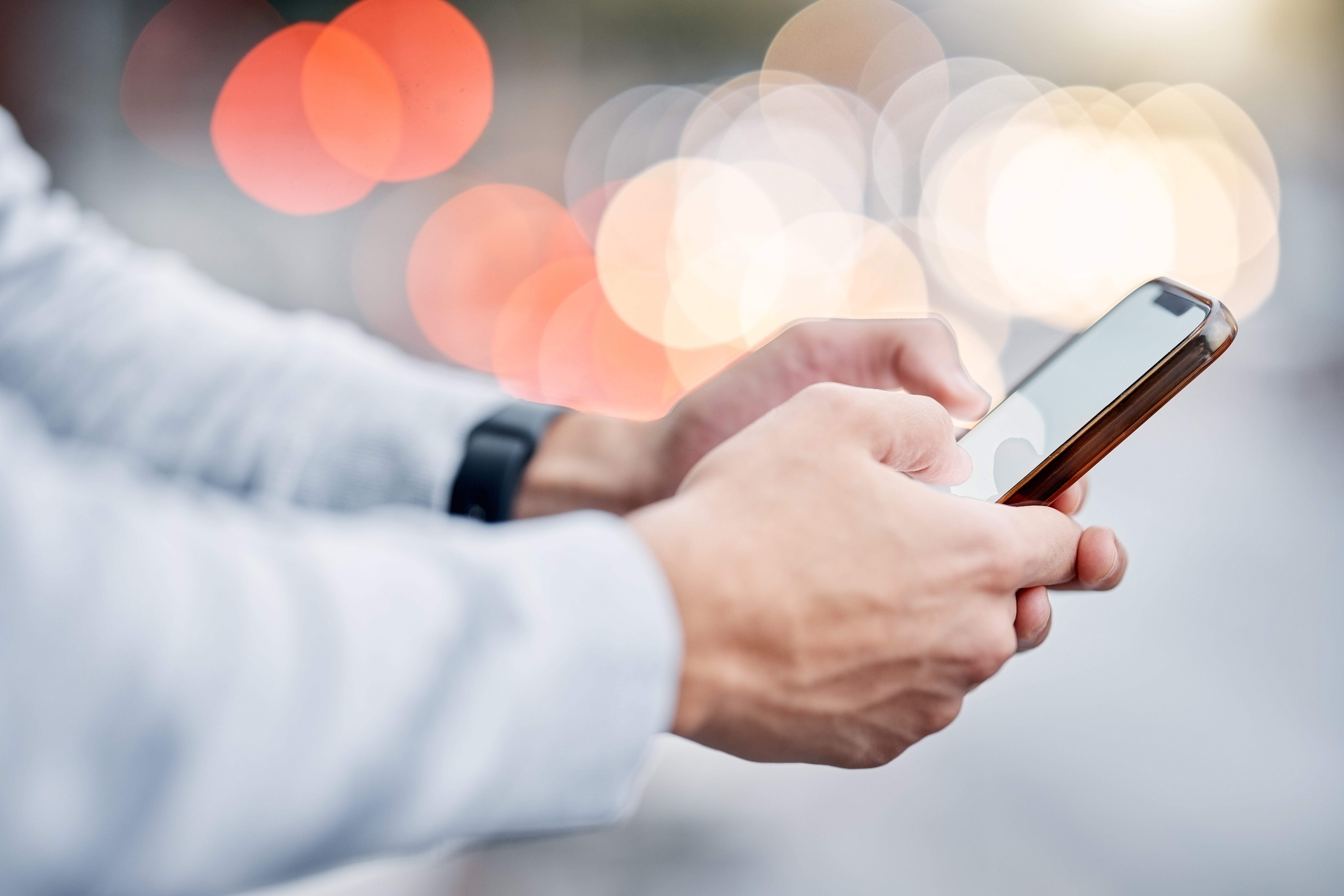Fall detectors are integral in elderly care, given the occurrence of falls among elderly residents. Falls are defined as events that cause a person to unintentionally rest on the ground or a lower level, and are not a result of a major intrinsic event (such as a stroke).
While falls can happen to practically anyone, older people are more vulnerable to falls. According to the NHS, around 1 in 3 adults over the age of 65 and half of people over the age of 80 will experience at least one fall a year. Moreover, over 3 million people in the United Kingdom have osteoporosis, putting them at a much higher risk of fractures. These factors highlight the importance of utilising fall detection and prevention solutions, and the importance of being prepared in case a fall occurs. Lastly, residents in nursing homes and care homes can also be suffering from pre-existing conditions, besides trouble with memory, difficulty in walking and balancing, which are all factors that make them more susceptible to falls.
Types of fall detectors, and understanding how these solutions work
Generally speaking, fall detection and prevention solutions fall under two categories: wearable sensors, and ambient sensors or radars. Wearable fall detectors can come in the form of belts, pendants, or watches with accelerometers. These devices can detect abrupt movements indicative of a fall, thus alerting carers in nursing homes or response centers in more severe cases such as falls or other emergencies.
Ambient sensors are devices or solutions that utilise cameras. Nursing homes can benefit from these by installing the sensors in different areas of the nursing home, providing the care receivers with more independence as the carers will not have to constantly monitor them in person. Some clients can feel reluctant to devices that capture footage due to the interference of privacy, however, discreet fall detection solutions that don’t capture video footage have now been introduced to the market. These innovative solutions are especially helpful, since they address both security and privacy concerns. The data collected by these modern solutions can in addition be used to determine the cause of the fall through the study of patterns in the fall in question.
5 ways nursing homes can benefit from using fall detectors
With the technology already available, nursing homes are able to integrate more advanced and innovative solutions into their system, including fall detectors and fall prevention options. When nursing homes integrate these types of solutions through a powerful cloud-based platform, they can work in synergy with other smart care devices, allowing care providers to offer solutions that meet the specific needs of their clients. This can also help address certain complex challenges faced by the nursing home staff on one hand, and the care receiving clients on the other.
In the context of nursing homes, the following are some of the benefits of using modern fall detectors:
- Reliability and accuracy – this type of modern fall detection solutions can accurately detect falls. Nursing homes can choose between wearable detectors and ambient sensors, or implement both. Regardless of their choice, the solutions are reliable, and will alert staff in case a fall occurs.
- Safety and security – as mentioned earlier, providers have the option to use fall detection solutions that do not capture footage, which provide the clients with extra security without interfering with any privacy issues.
- Higher degree of independence from carers – with accurate and reliable fall detection solutions in place, carers do not have to constantly monitor the care receivers in person, who as a result can enjoy more independence without unnecessary monitoring.
- Improved workflow – implementing modern solutions can give the carers a more seamless and streamlined workflow, allowing them to be more productive and able to focus on other equally important tasks. This will ultimately result in an overall better quality of care provided.
- Cost-effectiveness – care providers can enjoy long term cost savings with modern fall detection solutions. Traditional and outdated solutions can be costly to maintain, especially with most of the providers slowly transitioning to digital solutions due to the upcoming complete digital switchover in 2025 in the United Kingdom. Modern solutions are in general also easier to maintain, as most of the updates are delivered electronically through the software integrated.
Streamline your nursing home operations with Skyresponse
Today’s innovative solutions allow nursing homes to offer more than just the basic services, while providing the flexibility required to meet the growing needs of the clients. In addition to providing the quality of care delivered, implementing innovative solutions such as modern fall detectors can allow the care providers to set themselves apart from their competitors, and establish themselves as providers who use safe and reliable solutions. Skyresponse provides a 100% cloud-based, future-proof and scalable platform, allowing care providers to implement bespoke smart care solutions for their nursing homes. The platform of Skyresponse allows you to either build a fully-customisable nursing home system, or apply a ready-to-use solution that can be implemented right away.
Providers who are still using analogue solutions can also partner with Skyresponse, as the cloud-based platform of Skyresponse provides the option of a successful transition to digital, smart care solutions.
Are you Interested in our Solutions or want more information?





